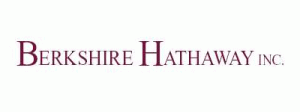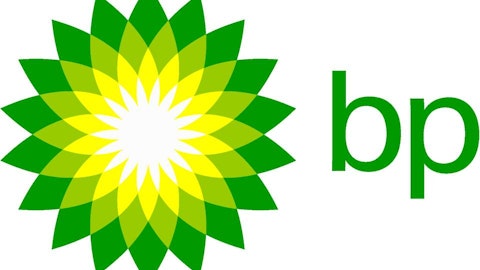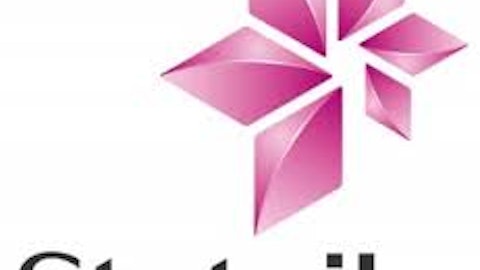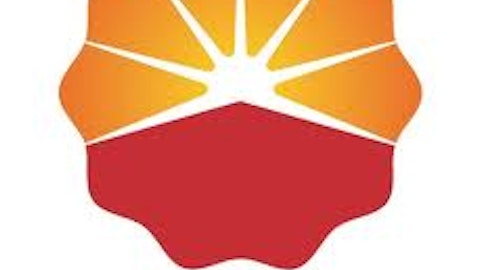Managers have the mandate to maximize shareholder value, not Earnings Per Share (EPS). Even if this should be an obvious fact, reality shows us that it is not so obvious. We can see this from many sense-less share buy back programs at top tier companies. Naturally, buy back programs do increase EPS but they don’t always increase value. In Buffett’s own words on buy backs: “Continuing shareholders are hurt unless shares are purchased below intrinsic value.”

That said, buy backs sometimes do constitute the best of alternatives. Buffett himself, maybe the best example for efficient capital allocation, implemented a share buy back in 2011. When he announced that he would start buying back Berkshire Hathaway Inc. (BRK.B)‘s shares at 110% book value, Buffett surprised almost everyone. He had never done such a thing before. In his own words, many times Berkshire Hathaway Inc. (BRK.B) had been undervalued but on those other times there had been more compelling alternatives. Hence, in 2011, Buffett not only considered that Berkshire Hathaway Inc. (BRK.B) was undervalued but also he did consider that there were not better alternatives for its huge (and growing) cash pile.
BP plc (ADR) (NYSE:BP)‘s buy back case
A few weeks ago, British Petroleum announced an $8 billion share buy back. The market was glad with the decision: the shares were up by +2%. The logic behind the market reaction works like this: BP plc (ADR) (NYSE:BP) has exchanged 50% of TNK-BP for 20% of Rosneft plus $12 billion in cash. Such exchange did cut EPS and the buy back aims to solve such earnings cut.
As you may know from my blog I think British Petroleum’s shares do trade at a deep discount to intrinsic value. That said, I still think managers have taken a wrong decision since there are better available investments available to be made. Yes, existing shareholders will own a larger portion of an undervalued group but the buy back doesn’t seem to be adding extra value to a company that has sold $38 billion in assets. BP plc (ADR) (NYSE:BP) needs to rebuild itself and invest as much as possible to remain one of the world’s oil majors. Sending $8 billion out the door doesn’t seem to be a very smart long term decision. Its true that British Petroleum generates over $9 billion a year of Free Cash Flow and its debt is under control but financial flexibility is must for a company that is in a re-build mode.
The British company should start imitating its Italian counterpart, Eni SpA (NYSE:E). The Italian company that has set an ambitious 2012-2015 plan involving production growth, margin expansion, lower debt and even higher dividends. Plus, the plan seems to be working for Eni SpA (NYSE:E). As I stated in a previous post “Eni’s 2012 production was 7% higher than in 2011 (at 1.7 million barrels of oil equivalent a day), the company lowered its leverage ratio by half (to 25%) while the company reached to achieve a $25 billion operating profit.” The market has recognized management’s achievements and Eni’s shares have outperformed BP plc (ADR) (NYSE:BP)’s shares by more than 10% since 2012 started.
Its never too late to change a fair strategy for a great one. BP plc (ADR) (NYSE:BP)’s shares, trading at 2013 5 times EV/EBITDA and 8.5 times P/E, have huge upside potential. Nevertheless, ameliorating the current strategy would help the company’s future and its shareholders. Before making further capital allocation decisions, British Petroleum should start looking at what other more savvy companies (such as Eni) are doing.
The article The Sense-Less Buy Back originally appeared on Fool.com and is written by Federico Zaldua.
Copyright © 1995 – 2013 The Motley Fool, LLC. All rights reserved. The Motley Fool has a disclosure policy.



